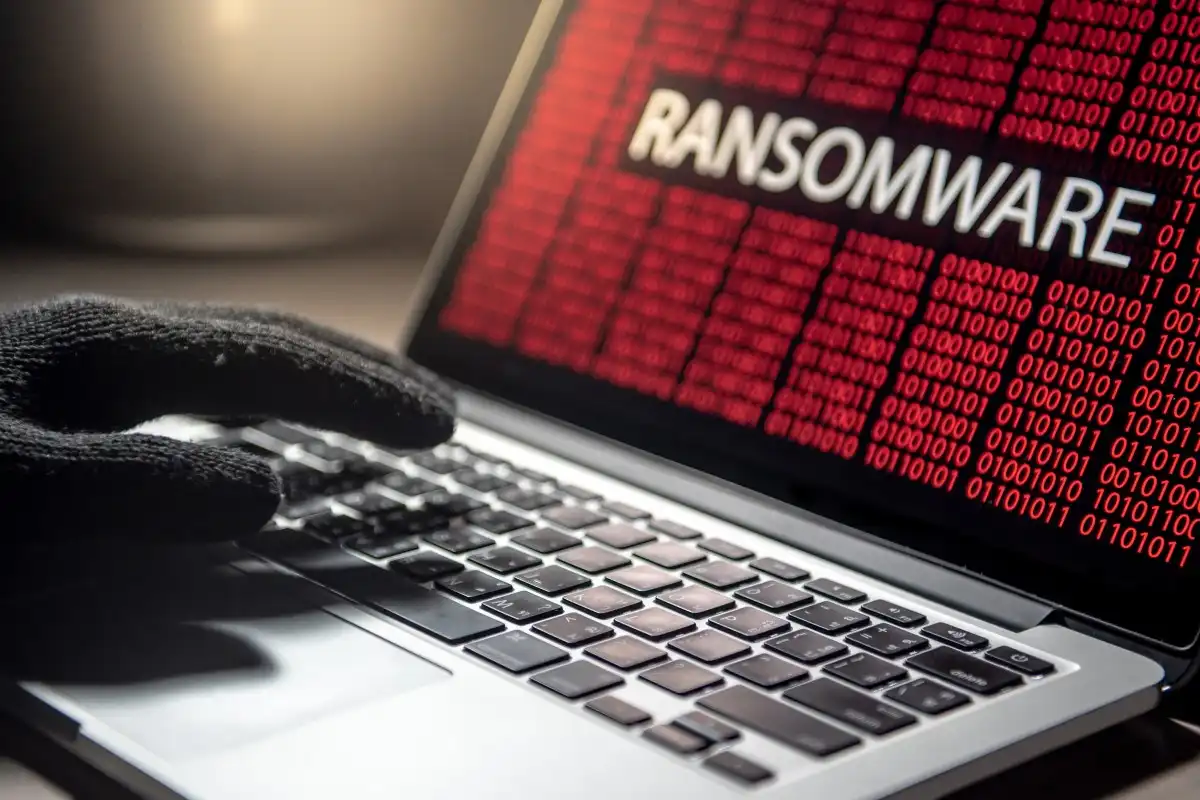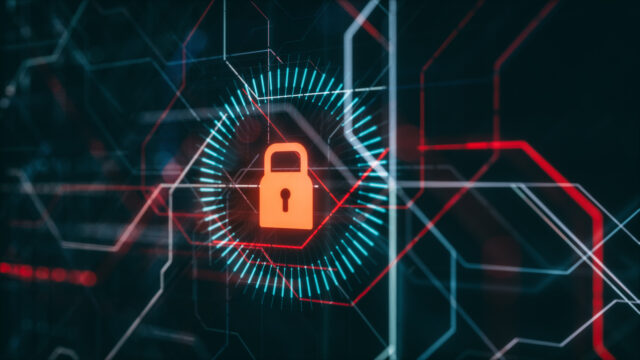
Ransomware is a type of malicious software designed to block access to a computer system or data until a sum of money is paid.
It has become a growing threat to businesses globally, making understanding and combating it crucial.
Understanding Ransomware
Ransomware has its origins in the late 1980s with the first known attack, the AIDS Trojan, which demanded payment via postal mail.
Since then, ransomware has evolved significantly, with modern variants employing sophisticated encryption methods to lock data.
The development of cryptocurrencies like Bitcoin has further enabled anonymous ransom payments, making ransomware a lucrative business for cybercriminals.
Over the decades, techniques have advanced from simple file-locking to complex, multi-stage attacks that can cripple entire networks. Understanding this history is vital to appreciating the current landscape of ransomware threats.

Types of Ransomware
Ransomware comes in various forms, each with distinct characteristics:
- Crypto ransomware ─ Encrypts files, making them inaccessible without a decryption key.
- Locker ransomware ─ Locks users out of their systems entirely.
- Leakware ─ Threatens to publish sensitive data unless a ransom is paid.
- Double extortion ─ Combines data encryption with threats of data leakage.
- Ransomware as a service (RaaS) ─ Allows even non-technical criminals to launch attacks by purchasing ransomware tools from developers.
These different types demonstrate the versatility and evolving nature of ransomware, each posing unique challenges to businesses.
Why Businesses Are Targets
Businesses, particularly smaller ones, often have weaker cybersecurity defenses, making them attractive targets for ransomware attacks.
Many rely on outdated technology and software, which are more susceptible to vulnerabilities.
Human error, such as clicking on phishing links or using weak passwords, further exacerbates these risks.
The lack of adequate cybersecurity training and awareness among employees also contributes to the overall vulnerability of businesses.
If you want to learn more about just how dangerous ransomware attacks can be, visit https://garage4hackers.com.
Misconceptions
A common misconception is that only large corporations are at risk.
However, small and local businesses are equally vulnerable, often underestimating the value of their data and the potential impact of an attack. This false sense of security can lead to inadequate preparation and response plans.
Some businesses believe that the costs of implementing robust cybersecurity measures outweigh the benefits, not realizing that the financial and reputational damage from a ransomware attack can far exceed the investment in preventive measures.
High-Profile Cases

Several high-profile ransomware attacks have highlighted the severe consequences for businesses. The News-Review attack disrupted a local newspaper’s operations, while the Colonial Pipeline attack caused fuel shortages across the Eastern United States.
The WannaCry and Petya attacks affected numerous organizations worldwide, including healthcare services and global logistics.
These cases illustrate the widespread impact of ransomware and the need for businesses of all sizes to take proactive measures against such threats.
Common Attack Vectors
Ransomware often infiltrates businesses through several common attack vectors:
- Phishing emails and malicious links ─ Cybercriminals use deceptive emails to trick employees into clicking on malicious links or downloading infected attachments.
- Exploiting software vulnerabilities ─ Attackers target unpatched software vulnerabilities to gain unauthorized access to systems.
- Remote desktop protocol (RDP) attacks ─ RDP allows remote control of a computer, and weak or compromised RDP credentials can be exploited to deploy ransomware.
Understanding these vectors helps businesses identify potential entry points and implement defenses to mitigate these risks.
Ransomware attacks impose significant financial costs on businesses. These include ransom payments, which can range from thousands to millions of dollars.
The costs of recovery and downtime can be substantial, as businesses work to restore operations and data.
The expenses associated with hiring cybersecurity experts, purchasing new equipment, and implementing stronger security measures add to the financial burden.
Operational Disruption
Ransomware can halt business operations, leading to lost productivity and revenue. This disruption affects not only the targeted business but also its clients and customers. In some cases, critical services are interrupted, such as in healthcare or infrastructure, where the impact can be particularly severe.
The longer the downtime, the greater the operational and financial losses.
Beyond immediate financial and operational impacts, ransomware attacks can cause long-term damage to a business’s reputation. Clients and customers may lose trust, leading to a decline in business relationships and market position.
Legal and compliance issues may arise if sensitive data is compromised, resulting in fines and legal battles. The long-term recovery process can be arduous, requiring ongoing investments in cybersecurity and public relations efforts to rebuild trust and resilience.
Preventive Measures and Best Practices

Implementing technical safeguards is crucial to protecting against attacks. Regular software updates and patch management ensure that systems are protected against known vulnerabilities.
Advanced threat detection systems can identify and block malicious activities before they cause harm. These measures form the foundation of a robust cybersecurity strategy.
Human error is a significant factor in attacks. Comprehensive employee training programs can raise awareness of phishing schemes and cybersecurity best practices.
Regular training sessions and simulated phishing exercises help employees recognize and respond appropriately to potential threats, reducing the likelihood of successful attacks.
Regular and secure data backups are essential for mitigating the impact of ransomware. Businesses should implement backup strategies that include offline and offsite backups to ensure data can be restored even if primary systems are compromised. Testing backup systems regularly is crucial to ensure their reliability in the event of an attack.
Developing a comprehensive incident response plan enables businesses to react swiftly and effectively to attacks. This plan should include clear protocols for containment, eradication, and recovery.
Establishing rapid incident response teams ensures that trained professionals are ready to address the situation promptly, minimizing damage and downtime.
Government and Industry Roles
Existing cybersecurity regulations provide a foundation for protecting businesses against ransomware. However, there is a need for stronger policies and enforcement to address the evolving threat landscape.
Governments must collaborate with industry stakeholders to develop comprehensive regulatory frameworks that promote cybersecurity best practices and hold businesses accountable for their security measures.
Sharing threat intelligence and collaborative defense initiatives is essential for combating ransomware. Industry collaboration allows businesses to learn from each other’s experiences and stay informed about emerging threats.
Joint efforts in threat detection and response can enhance the overall resilience of the business community against attacks.
The Bottom Line
Ransomware poses a significant threat to businesses, but proactive measures can mitigate the risks. By understanding ransomware, recognizing vulnerabilities, and implementing robust defenses, businesses can protect themselves and ensure long-term resilience. Collaborative efforts between governments and industries are crucial in creating a safer digital environment for all.









